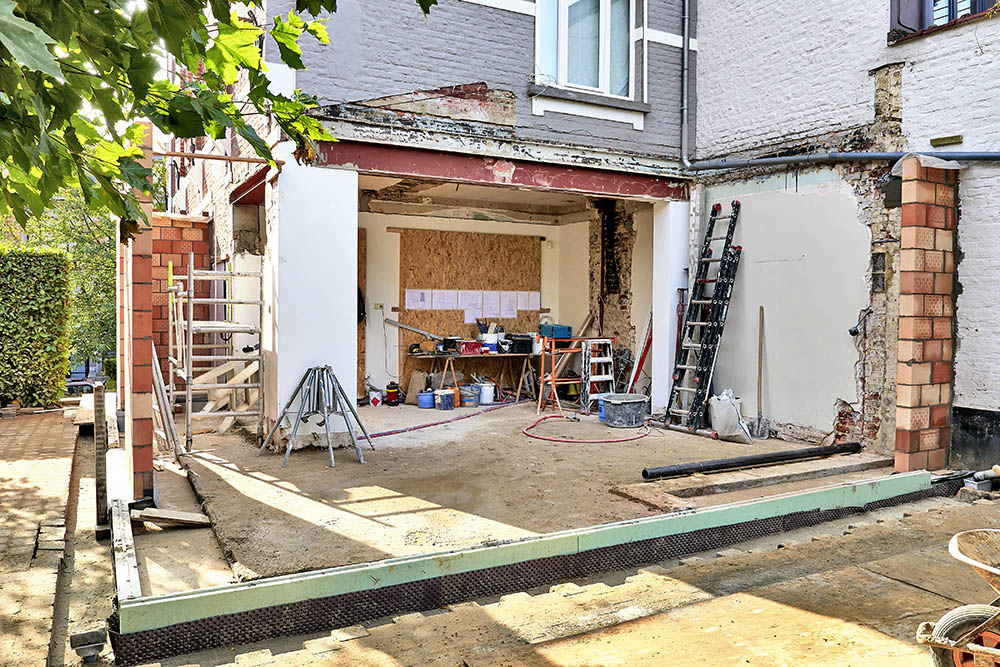What is the difference between light and heavy refurbishment for loan purposes?
A light refurbishment differs from lender to lender, however as a general rule, it is works to the property that are not of a structural nature and where there is no planning required or change of use.
Works might include, repainting, rewiring or installing a new kitchen and bathroom. Light refurb would also cover required works to improve the properties EPC rating if not currently sufficient to meet standards.
Most lenders differ in their definition, but the cost of works does not generally exceed 15% of the property value.
A heavy refurbishment generally consists of major structural work such as an extension or conversion from commercial to residential and where there are substantial cost of works. This work may require planning permission or change of use, which will need to be granted before the loan can be drawn down. Some projects, such as certain conversions from commercial to residential, can be completed under permitted development, but the works required to convert are costly and require longer to complete.
Heavy refurbishment of an existing property is often confused with development finance as the lines between the two can seem blurred. In some circumstances, such as the conversion of a building into a block of apartments, development finance might be more appropriate.

Light Refurbishment

Heavy Refurbishment
How can Sterling Commercial Finance Help?
At Sterling Commercial Finance, we’ve been helping businesses access funding for over 20 years. Get in touch with the team today to see how we can help your business.
Discuss your Refurbishment Finance needs with either Nic or Sarah on 0115 9849800 or email property@sterlingcommmercialfinance.co.uk

